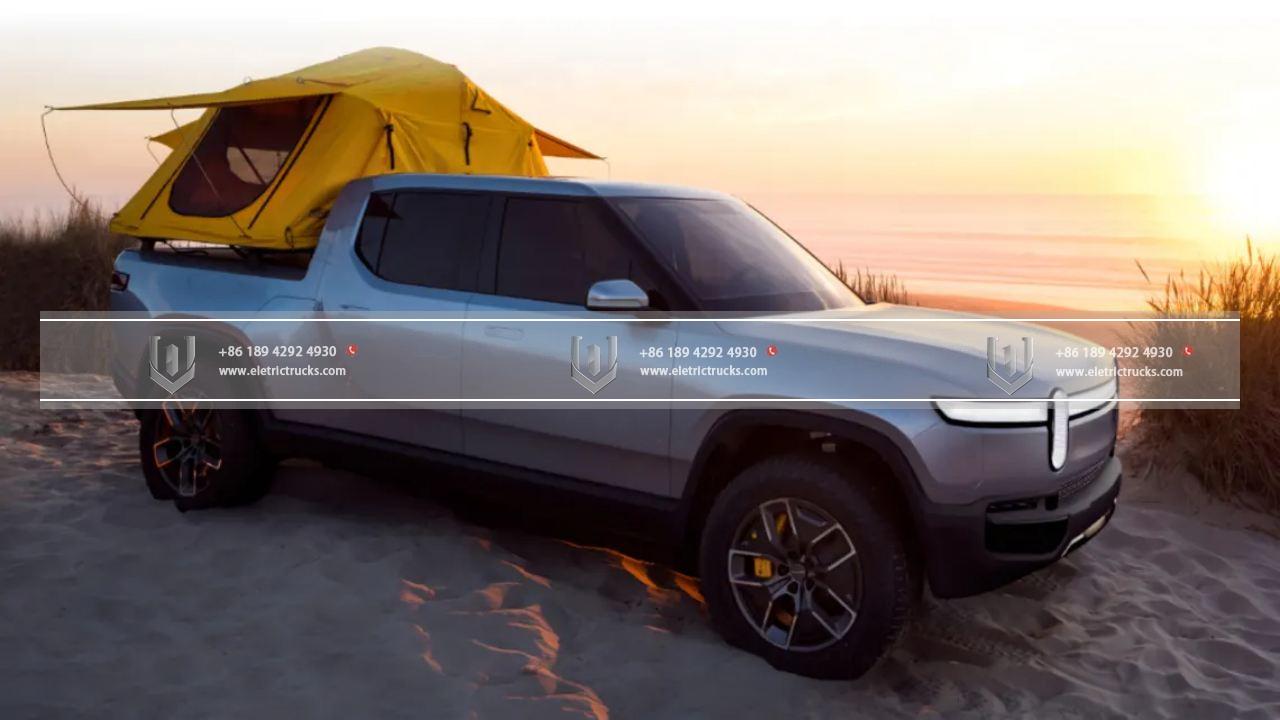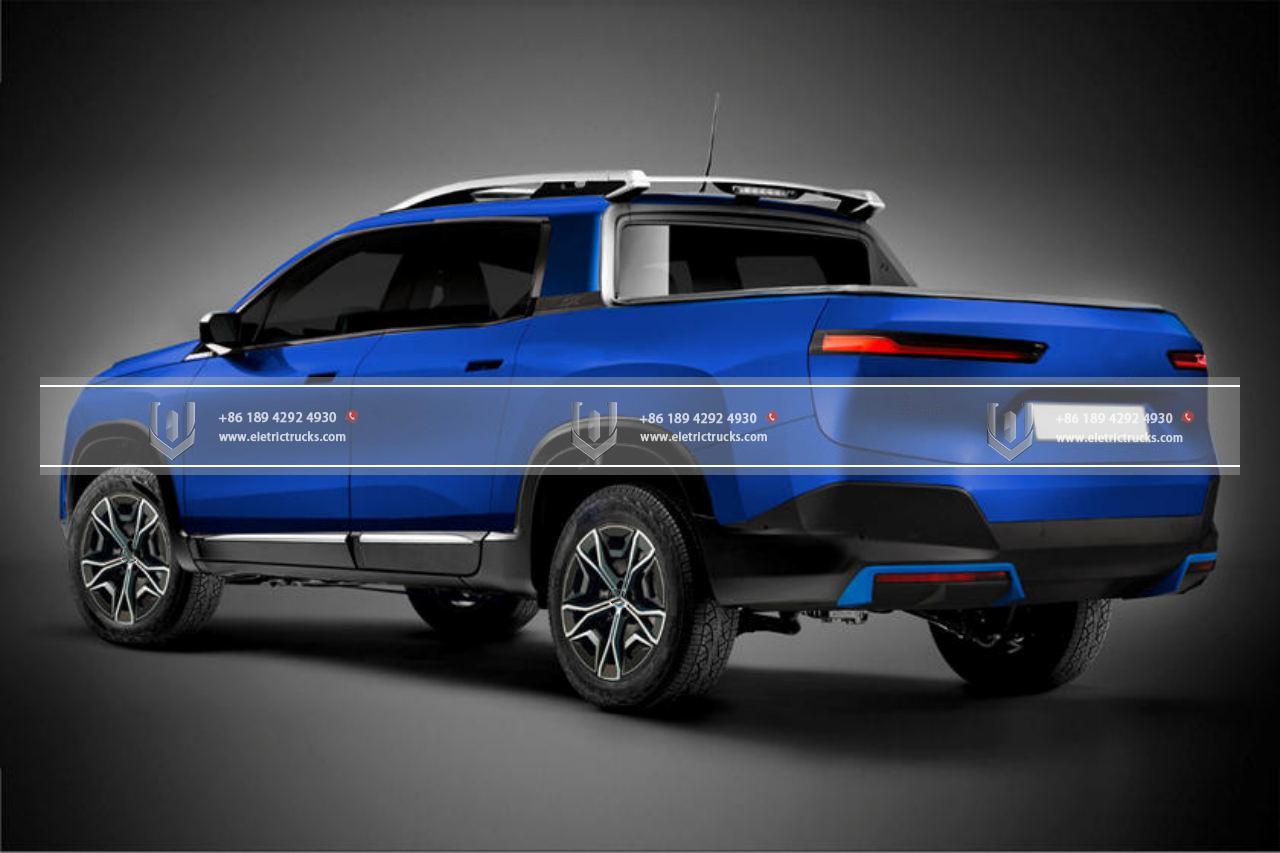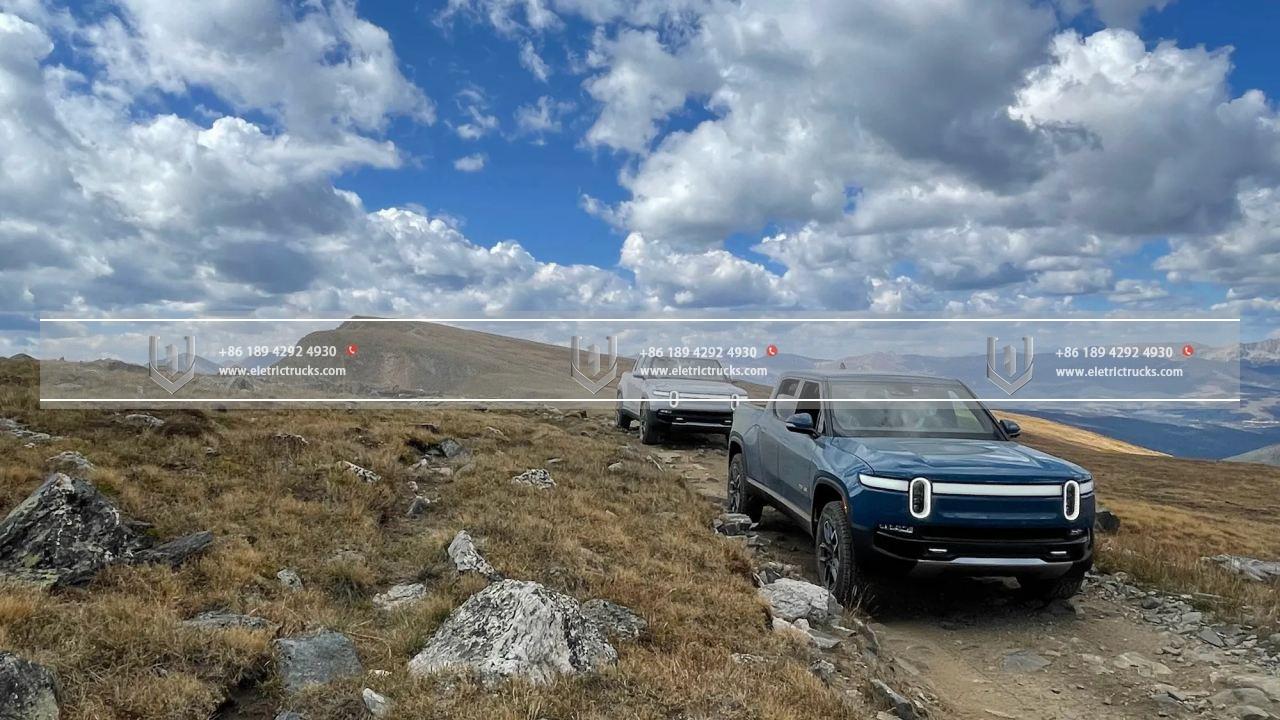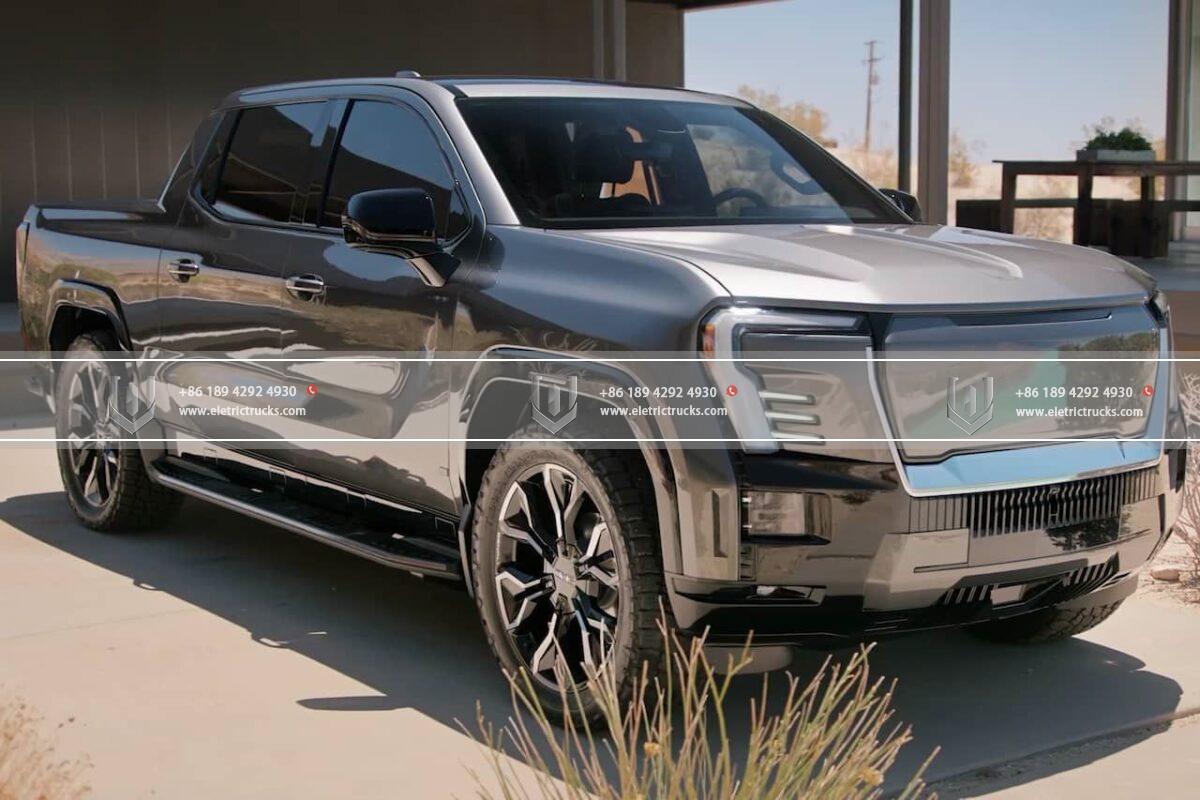Te matauranga hiko
Ecorevolution: Wetekina te mana o nga taraka hiko
I nga tau tata nei, there has been a growing awareness of the urgent need to address Huringa huarere and its impact on our planet. Ka rite ki te hua, many industries are seeking sustainable alternatives ki reduce their carbon footprint me contribute to a greener future. Te Te ahumahi kawe is one of the most significant sectors that are making strides toward sustainability. Among the innovations, taraka hikos have emerged as a powerful force driving Ecorevolution, offering a promising solution to Whakanohia te huringa o te huarere, reduce pollution, and transform the way goods are transported.
The Environmental Challenge
Transportation is a vital part of the global economy, but it also accounts for a significant share of greenhouse gas emissions. Tuku taraka-tuku-manas contribute to air pollution and emit harmful gases that lead to global warming a a host of environmental problems. The negative impact is exacerbated by the sheer volume of goods being transported worldwide, leading to an urgent need for more eco-friendly solutions.

Taraka hiko: A Green Alternative
Taraka hikos have emerged as a game-changer in the Te ahumahi kawe. By replacing conventional internal combustion engines with electric motors powered by batteries, these trucks eliminate tailpipe emissions, significantly reducing carbon emissions and air pollution. Te whakawhiti ki taraka hikos represents a transformative step toward achieving sustainability and fostering an Ecorevolution.
Advantages of Electric Trucks
1. Heiaha Kore: The primary advantage of taraka hikos ko ratou Te whakakorekores, Te koha ki cleaner air and reduced greenhouse gas emissions. This benefit is especially significant in urban areas where Te aukati hau poses a severe threat to public health.
2. Reduced Noise Pollution: Taraka hikos are quieter than diesel, making them ideal for nighttime deliveries in urban settings. This reduction in Pollution haruru has a positive impact on the quality of life for residents and workers.
3. Te kaha o te kaha: Taraka hikos are more energy-efficient than taraka disel tuku ihos. With improved energy conversion and Pūnaha Whakapai Regenetives, they can cover more miles on a single charge, reducing overall energy consumption.
4. Lower Operating Costs: Although the initial investment in taraka hikos may be higher, te overall operating costs are typically lower due to reduced maintenance requirements and the lower cost of electricity compared to diesel fuel.
5. Renewable Energy Integration: Taraka hikos can leverage puna pūngaos, such as solar and wind, to charge their batteries. This integration can further reduce the carbon footprint associated with transportation.

Overcoming Challenges
Inā taraka hikos show immense promise, several challenges need to be addressed to unleash their full potential in the Ecorevolution:
1. Charging Infrastructure: Establishing a robust charging infrastructure is crucial to support the widespread adoption of taraka hikos. Investments in charging stations and fast-charging technology are essential to ensure these vehicles can travel long distances and operate efficiently.
2. Battery Technology: Advancements in Te hangarau o te pākahiko are needed to enhance the range, durability, and charging speed of taraka hikos. Research and development efforts should focus on increasing energy density and reducing the Te Paanga Taiao o battery production.
3. Payload Capacity: Taraka hikos’ battery weight can limit their payload capacity whakaritea ki taraka tuku ihos. Innovations in lightweight materials and battery design can help address this challenge.
4. Range Anxiety: Drivers and fleet operators may experience range anxiety, fearing they won’t reach their destinations due to limited battery range. Education and awareness campaigns can help address this concern and promote confidence in electric truck capabilities.
Driving Innovation and Adoption
Hei whakatere i te whakatinana o taraka hikos and drive the Ecorevolution forward, various stakeholders need to work together:
1. Government Incentives: Governments can play a significant role by providing financial incentives, subsidies, and tax breaks to encourage the adoption of taraka hikos. These policies can stimulate investment and spur innovation in the electric vehicle market.
2. Industry Collaboration: Collaboration among automakers, technology companies, and energy providers is crucial for developing advanced electric truck technologies me Te Whakahauma Whakahaumaru. Partnerships can accelerate progress and create holistic solutions.
3. Public Awareness Campaigns: Raising public awareness about the benefits of taraka hikos and the urgency of combating climate change can influence consumer behavior and create demand for sustainable transportation options.
4. Research and Development: Continued research and development efforts should focus on Te hangarau o te pākahiko, Te kaha o te kaha, and autonomous driving capabilities to further improve taraka hikos’ performance and viability.

The Road Ahead
The potential of taraka hikos to revolutionize the Te ahumahi kawe and contribute to Ecorevolution is immense. As technology advances, costs decrease, and infrastructure improves, te whakawhiti ki taraka hikos will become increasingly attractive to fleet operators, Pakihi, and consumers alike.
Te Ecorevolution is not just a distant vision; it is a reality that we must embrace to ensure a sustainable future for generations to come. By unleashing the power of taraka hikos and transforming the way we move goods, we can make significant progress toward a greener, cleaner, and more prosperous world. The time to act is now, and the road ahead is hiko.

